Deep in an Estonian forest, in the middle of winter, training for battle means digging trenches in powdery snow and hours of waiting in the freezing cold. “This is all about being prepared,” says Captain Claire, in charge of this part of exercise Karujaht Hackle.
More than 30 French vehicles – mostly the advanced troop carrier Griffon, but also other Infantry Fighting Vehicles, trucks and AMX-10 Armoured Fighting Vehicles – are involved. The AMX-10s exercise finding and eliminating entrenched troops while those same troops fend them off with anti-tank missiles. The Griffon’s high resolution cameras help to detect the advancing opponent. The powerful six-wheel-drive vehicle functions as a troop carrier, a mobile command post or – as in this case – a lookout utilising its extensive electronic warfare capabilities.
Less high-tech is digging hideouts in the snow. Preparing defensive positions in this environment has always been tough but doing it fast warms you up. As the exercise unfolds, daily temperatures average -7° Celsius, in extreme cases dropping as low as -14°C. “We take turns,” says platoon leader Lieutenant Jerome. “Two men dig while two sleep, and two stay inside the Griffon to get warm and watch for the enemy through the scope.”
The French troops are part of NATO‘s enhanced Forward Presence battlegroup in Estonia, led by Britain. Together, they are part of the Estonian 1st Brigade, now under the Estonian Division which was assigned to Multinational Corps Northeast by the Estonian Chief of Defence. In addition, Britain has dedicated a brigade to move to Estonia if and when it is needed. It is all part of NATOs Deter and Defend strategy to defend every inch of Alliance territory. Few territories symbolise this strategy more than the thick forests of the Central Training Area in Northeastern Estonia, around 130 kilometres from the Russian border.
During a drive to the exercise area, Sergeant Habib, a signals expert, checks the Scorpion communications system connecting the French vehicles. In the Griffon command vehicle, he can see the location of all friendly forces. Upon seeing an enemy, anyone can pin their location for the benefit of everyone else on the network. “The Scorpion gives us a larger visual image of the battlefield than we had before,” indicates Sergeant Habib.
Outside, Captain Claire observes as her soldiers shovel piles of snow in a furious effort to prepare their positions in time. “The French soldiers”, she says, “are used to the cold but not the snow”. And that is one major purpose of their presence in the Estonian forest. For the duration of the eFP rotational presence in Estonia, more than 10,000 Allied troops have trained in the country. If the call comes, they will be ready to fight from day one.



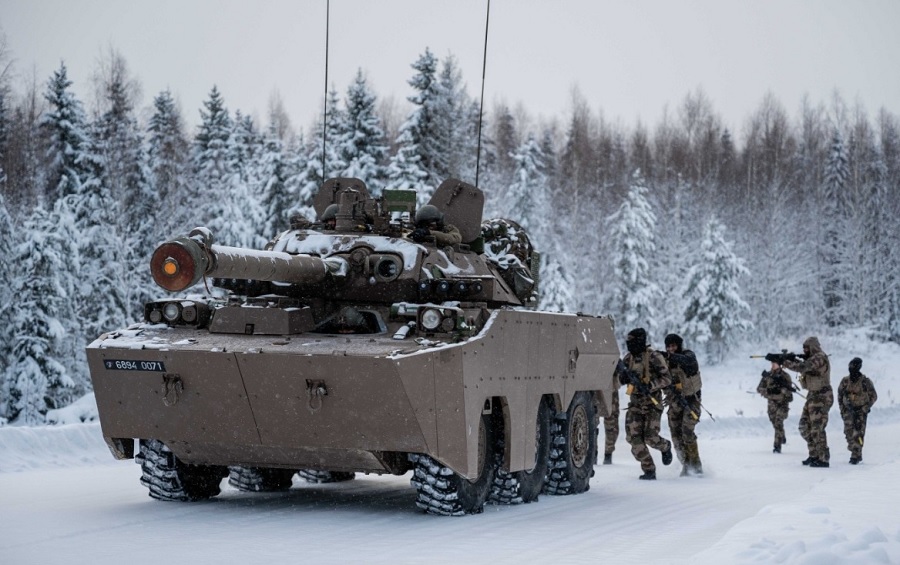
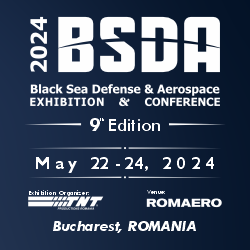



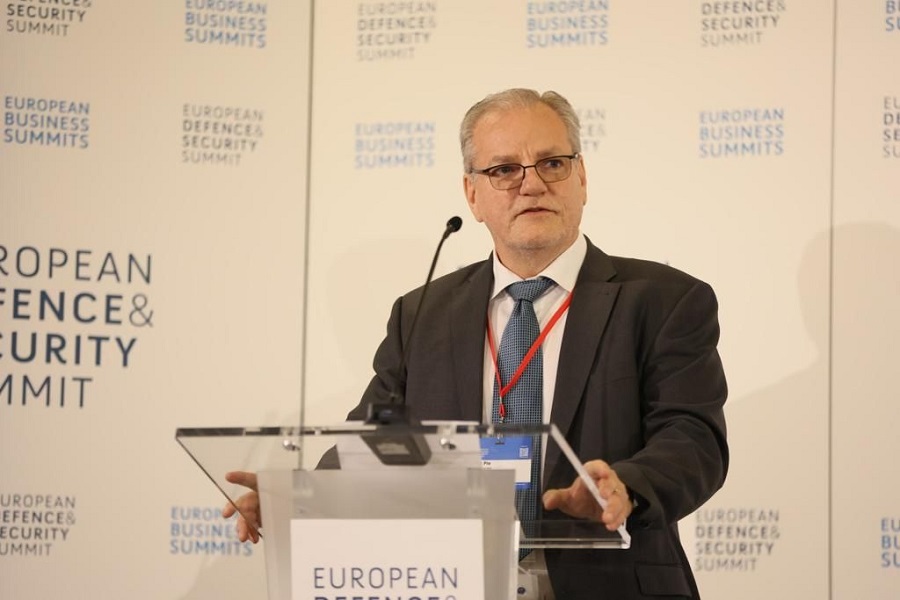



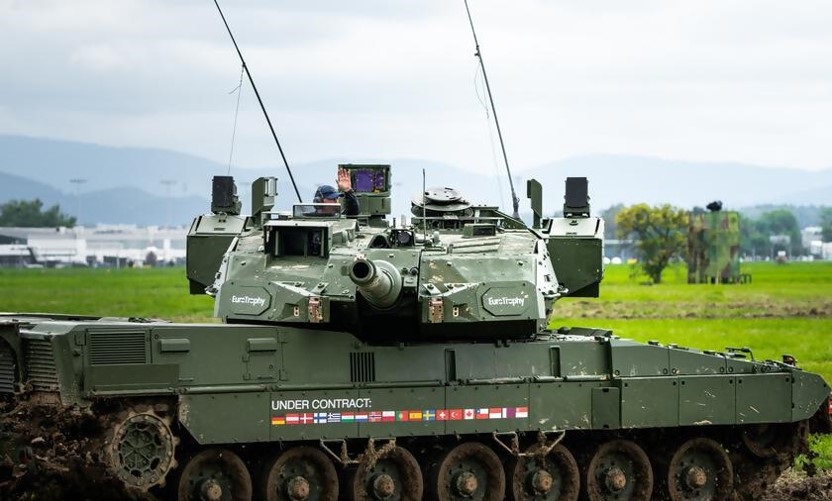






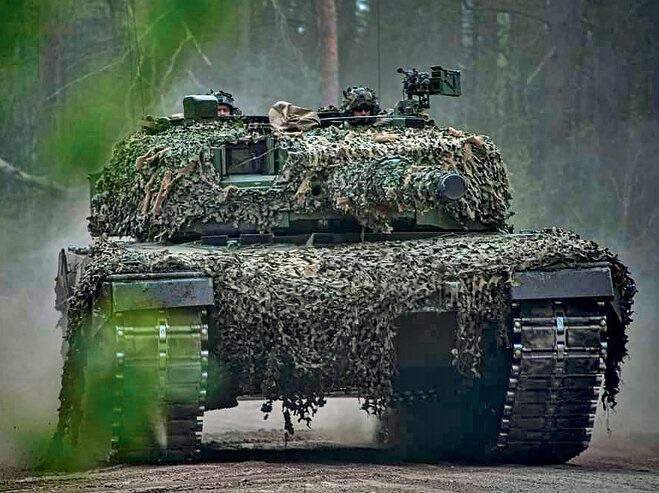
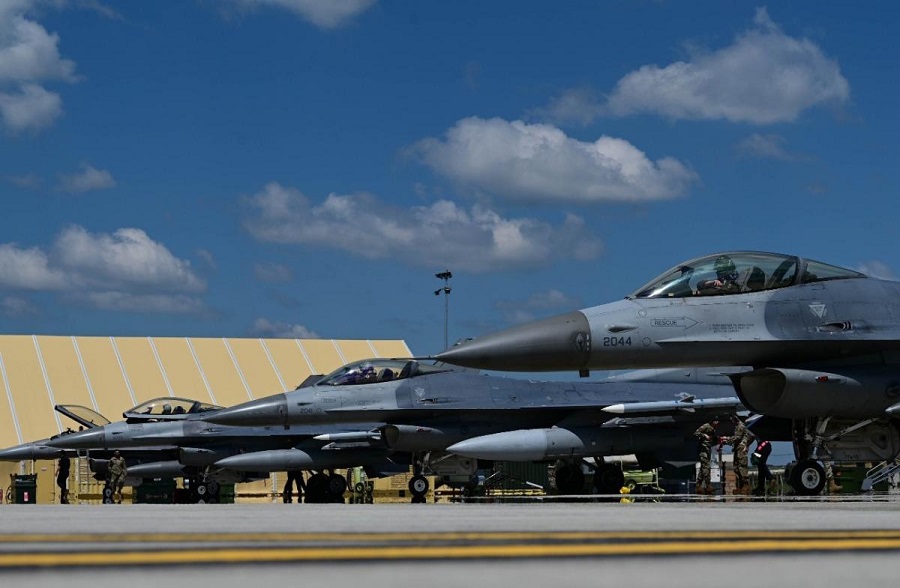
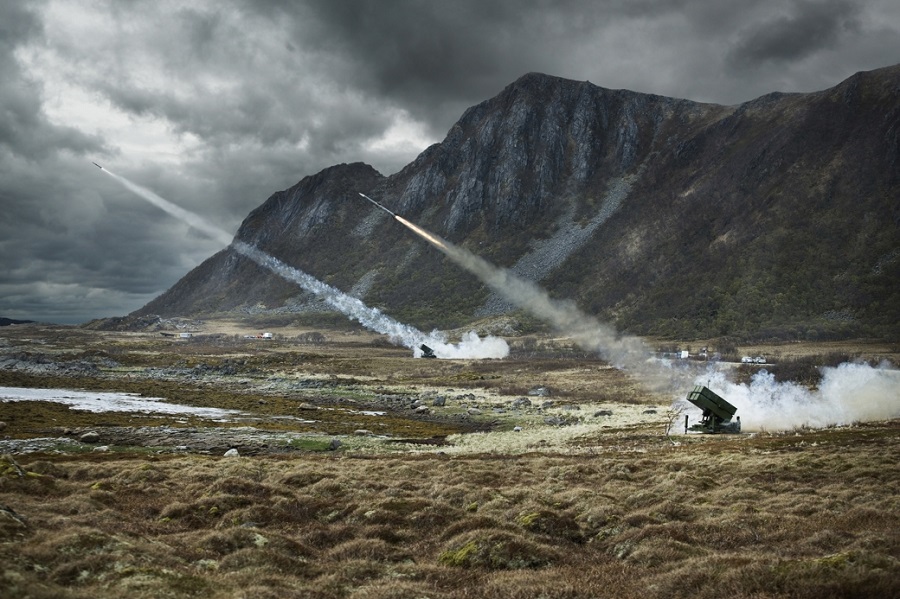


![NATO to consider increasing, stabilising support for Ukraine [BRIEF]](https://defence-industry.eu/wp-content/uploads/2023/12/Diehl-Defence-EUR-600-million-order-for-IRIS-T-SLM-air-defence-system.jpg)



